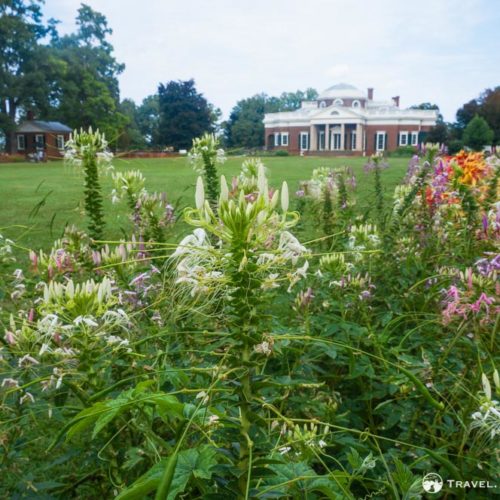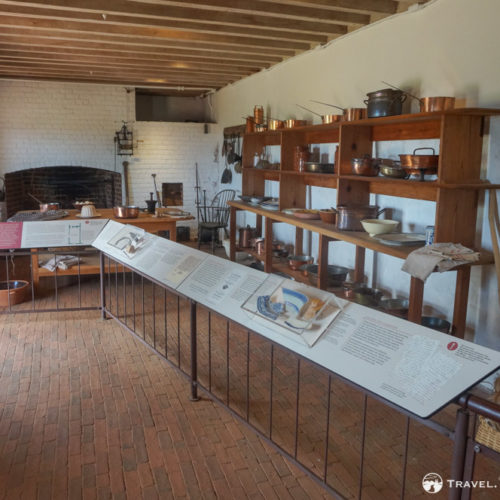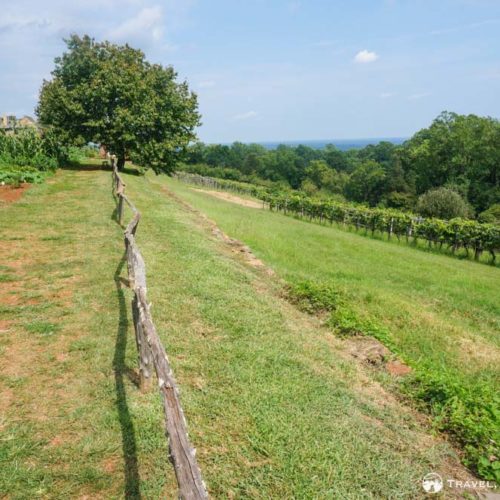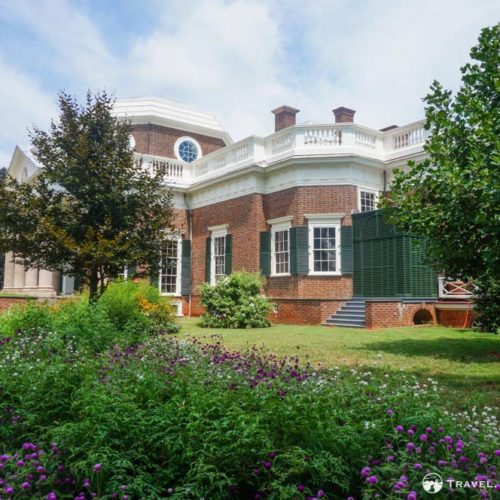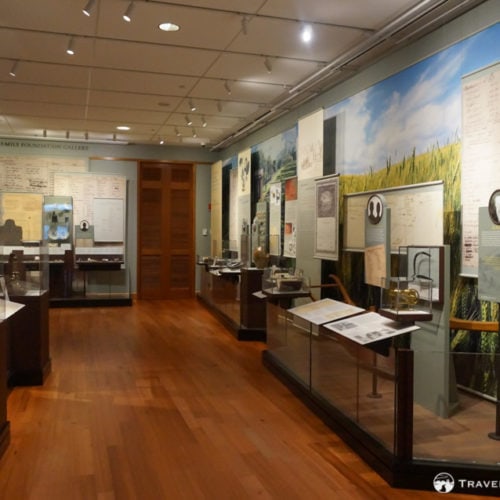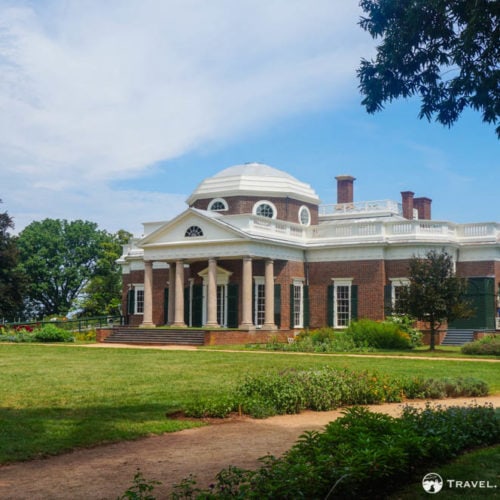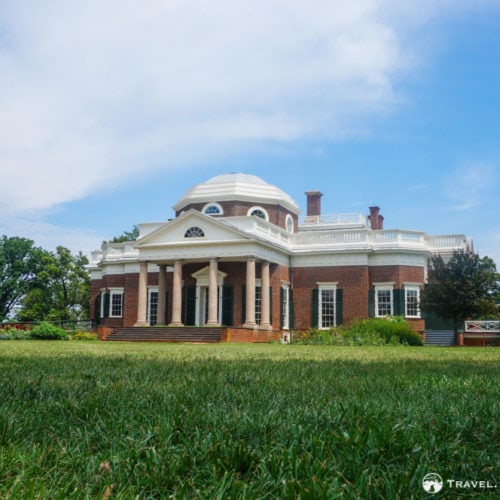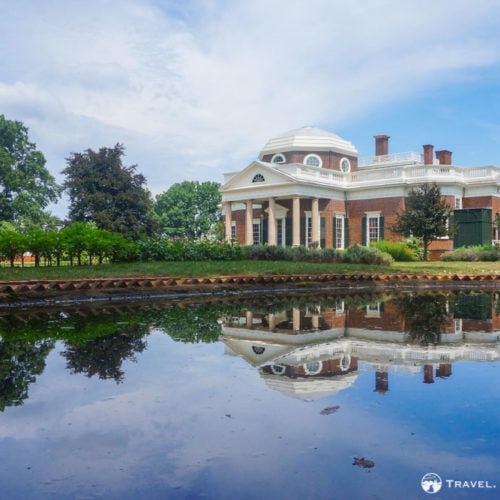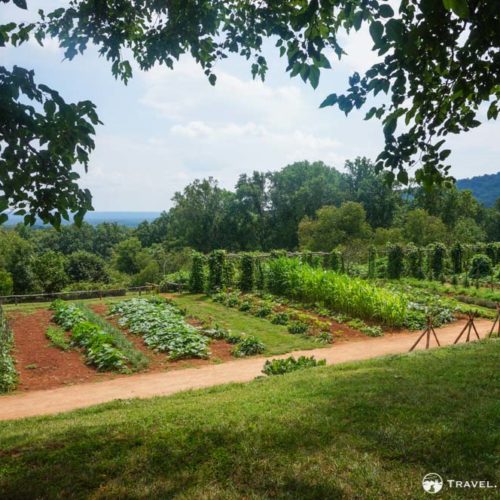As the only presidential home in the United States that’s a UNESCO World Heritage Site, Thomas Jefferson’s Monticello is without question the crown jewel of all the attractions in and around Charlottesville, Virginia.
The fact that there’s such an important historic site here in C’ville is one of the reasons we moved here and it will always be one of the reasons I love living in Charlottesville. There are very few similarly sized towns that have this amount of history attached to it. (There’s also the University of Virginia, James Monroe’s Ash Lawn-Highland and, a bit further afield, James Madison’s Montpelier.)
Jefferson himself said about living at Monticello, and therefore about living in Charlottesville, that:
“There is no quarter of the globe so desirable as America, no state in America so desirable as Virginia, no county in Virginia equal to Albemarle, and no spot in Albemarle to compare to Monticello.”
It’s the best place to live in the world, according to TJ.
And indeed, it’s easy to see why Jefferson loved living in Charlottesville. You can get an impression of (modern) life in Charlottesville in this huge photo essay.
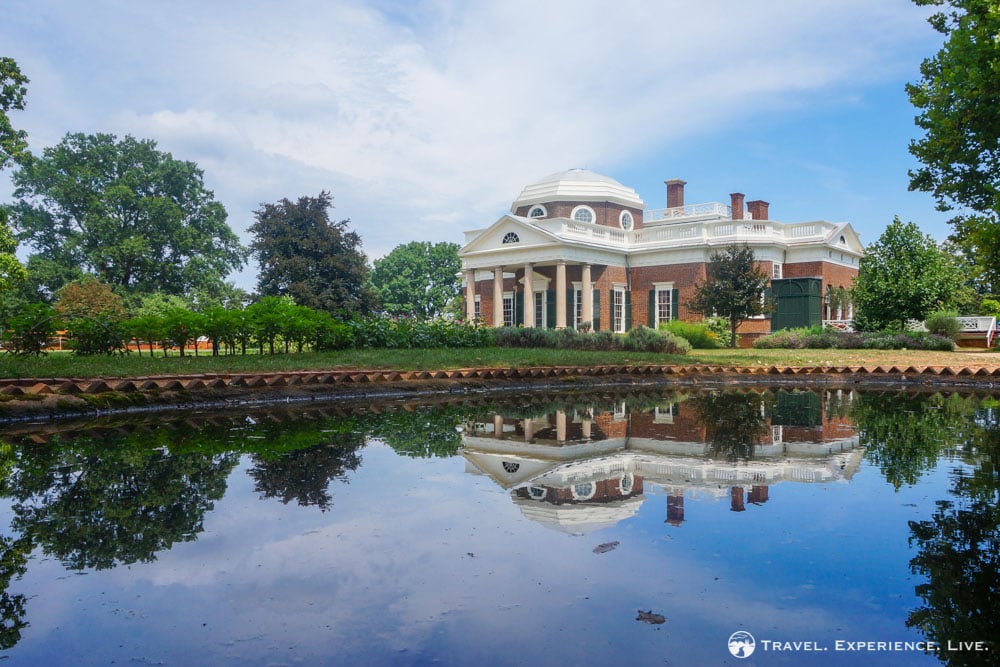
Thomas Jefferson’s Monticello
One of America’s Most Significant Buildings
Together with the University of Virginia, founded and designed by Jefferson as essentially a retirement project, Thomas Jefferson’s Monticello is a UNESCO World Heritage Site. It’s one of only three man-made World Heritage Sites in the eastern United States. The other two are the Statue of Liberty in New York City and Independence Hall in Philadelphia. This clearly indicates the historical significance of Monticello as a home and Charlottesville as a town.
Thomas Jefferson’s Monticello played such an important role in the history of the United States, during the very conception of the nation, that it’s depicted on the five-cent coin (aka the nickel.)
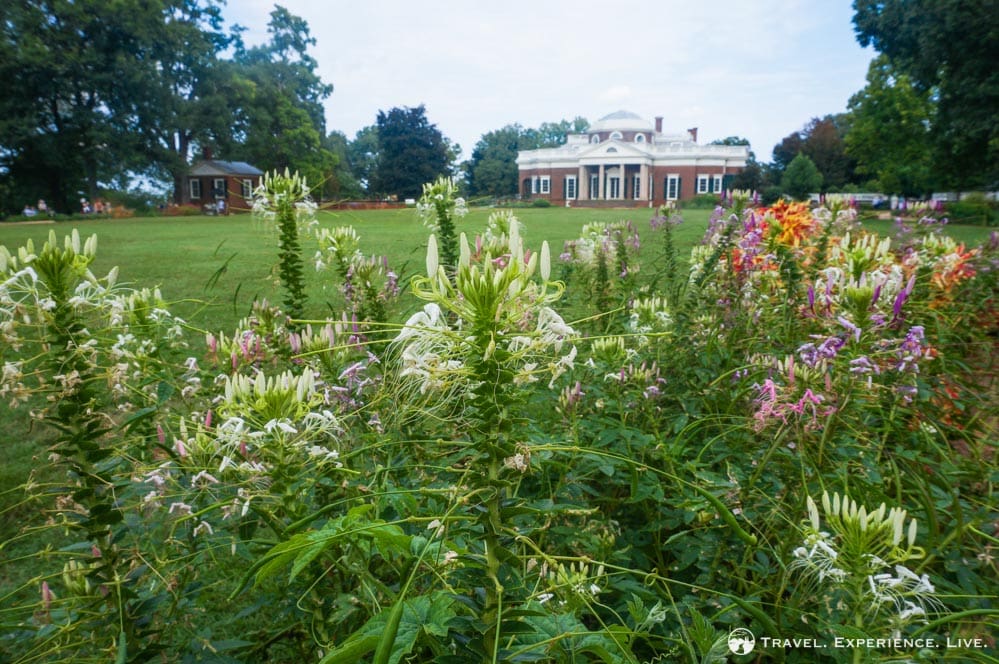
Flower garden at Monticello
A Brilliant, Yet Controversial Man
Jefferson was one of the most influential people in the history of the United States. He authored the Declaration of Independence and was responsible for establishing the Statute of Virginia for Religious Freedom (basically the world’s first separation of church and state). He was Governor of Virginia, Secretary of State, Minister to France and Vice-President, and served as the third President of the United States.
Jefferson also dedicated a lot of his time to science, architecture, agriculture and music. As President, he completed the Louisiana Purchase and sent Lewis and Clarke on what became one of the greatest exploratory journeys in American history.
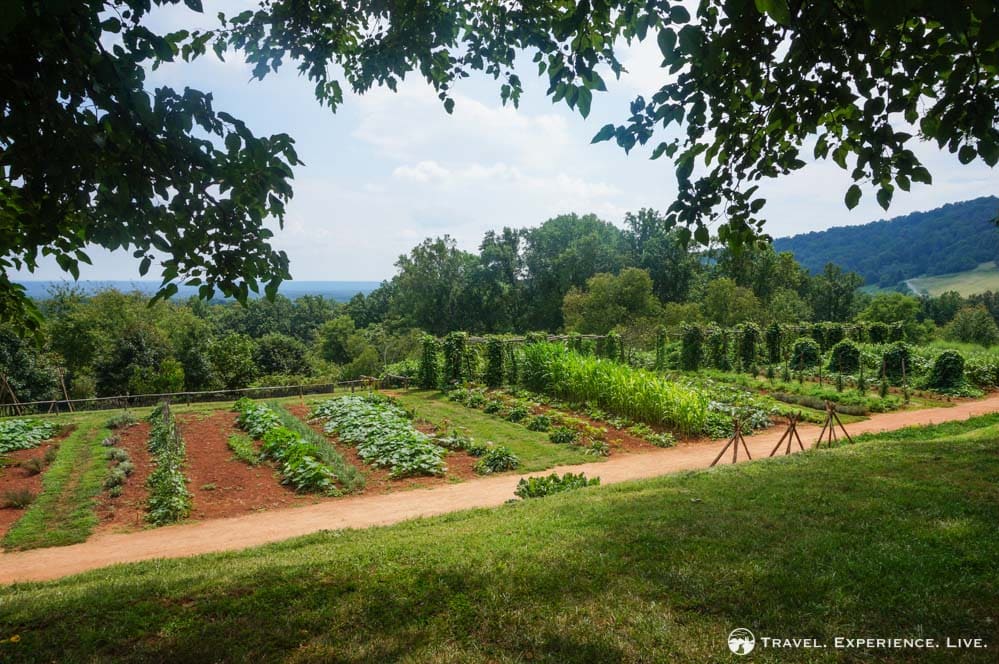
Vegetable garden at Monticello
Yet, despite all these impressive accomplishments—seriously, what a resume that guy had—, Thomas Jefferson remains a somewhat controversial historical figure. Monticello was basically a plantation, which in its time period (late-18th and early-19th century), meant that Jefferson had slaves. And not just a few. He owned about 600 people in the course of his life. Moreover, it’s now known that, after his wife died, Jefferson had children with one of his female slaves.
This, of course, contradicts Jefferson’s own words in the Declaration of Independence, in which he stated that “all men are created equal.” Thomas Jefferson struggled with the problem of slavery his entire life. He called it “an abominable crime” yet never actually did anything about it. Dedicating his life to the American Revolution and to establishing a brand new government and constitution, he more or less opined that abolishing slavery would have to be done by a next generation.
Although no one will ever dispute the sheer brilliance and groundbreaking accomplishments of Thomas Jefferson, the fact that he had slaves at Monticello will always be a stain on his legacy.
It’s this contradiction that makes Jefferson one of the most fascinating people in the history of the Western world.
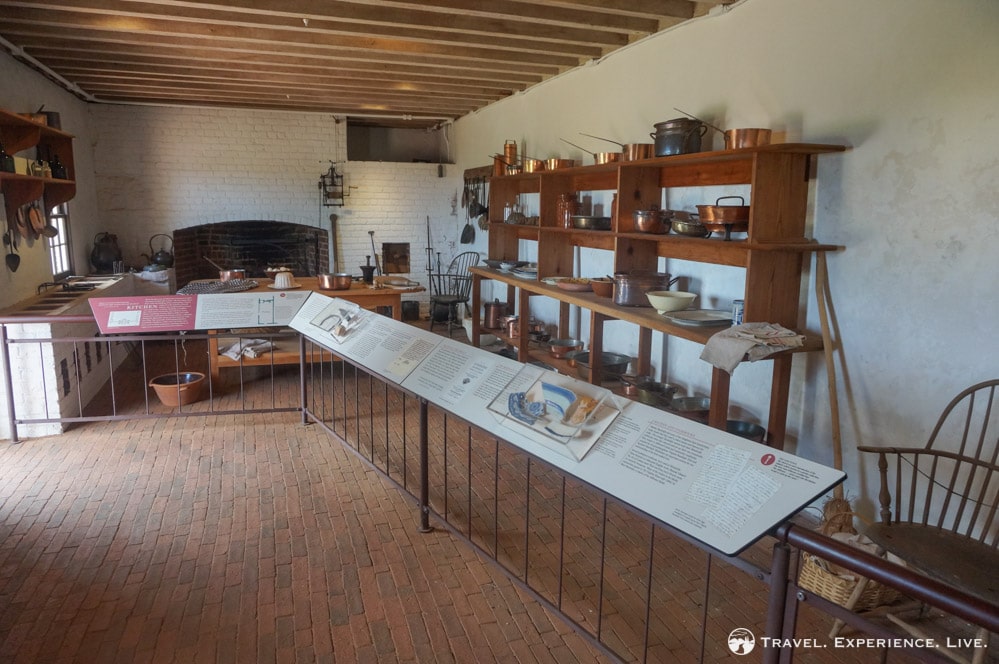
Kitchen at Monticello
Visiting Thomas Jefferson’s Monticello
Thomas Jefferson’s Monticello is open every day of the year, except on Christmas. A ticket—prices depend on the time of year of your visit—includes an introductory movie, access to the grounds and gardens, museum exhibits, a guided tour of Monticello and guided tours on the grounds.
I recommend setting aside at least three hours to visit Monticello properly. Really try to take in everything this amazing historic site has to offer. A visit should start with the fine introductory movie, followed by a stroll around the flower and vegetable gardens and the guided tour of Monticello itself.
If you want to, you can also join two additional free guided tours on the grounds. One’s about Jefferson’s dedication to gardening, wine-making and agriculture; the other is about slavery at Monticello. Finish with a visit to the museum exhibits to learn more about Jefferson’s life and work and about Monticello as an architectural masterpiece.
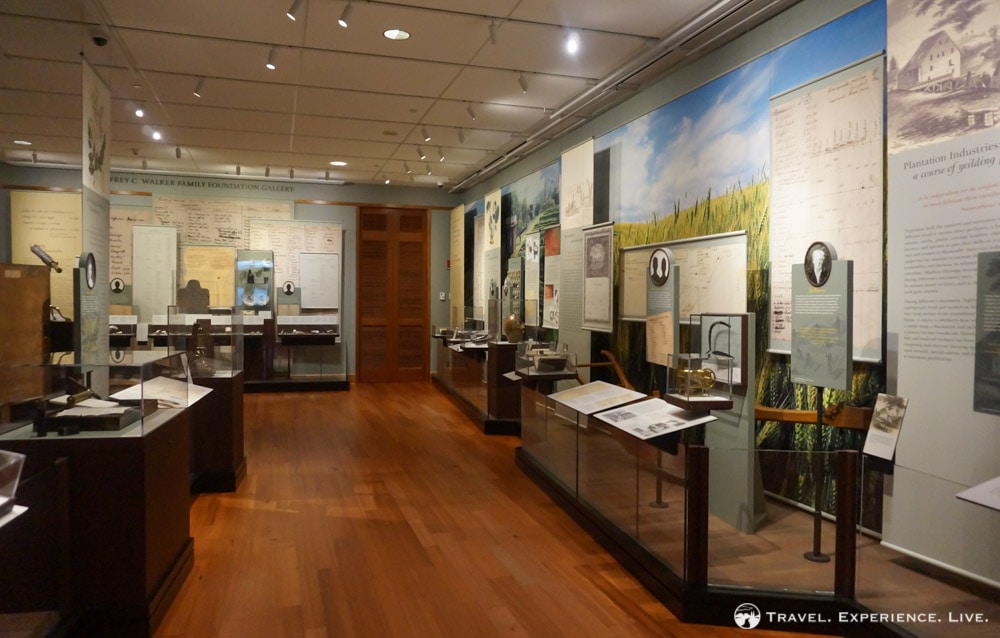
Monticello as Experiment Exhibition
There’s a wealth of history to learn about and information to soak up at Monticello. It’s one of the historic highlights in Virginia, the absolute star attraction in Charlottesville.
For much, much more information about the life of TJ and Monticello, please visit the official website.
If you’d like more info about other things to see and do in Charlottesville, head over to the website of the Charlottesville tourist board.

